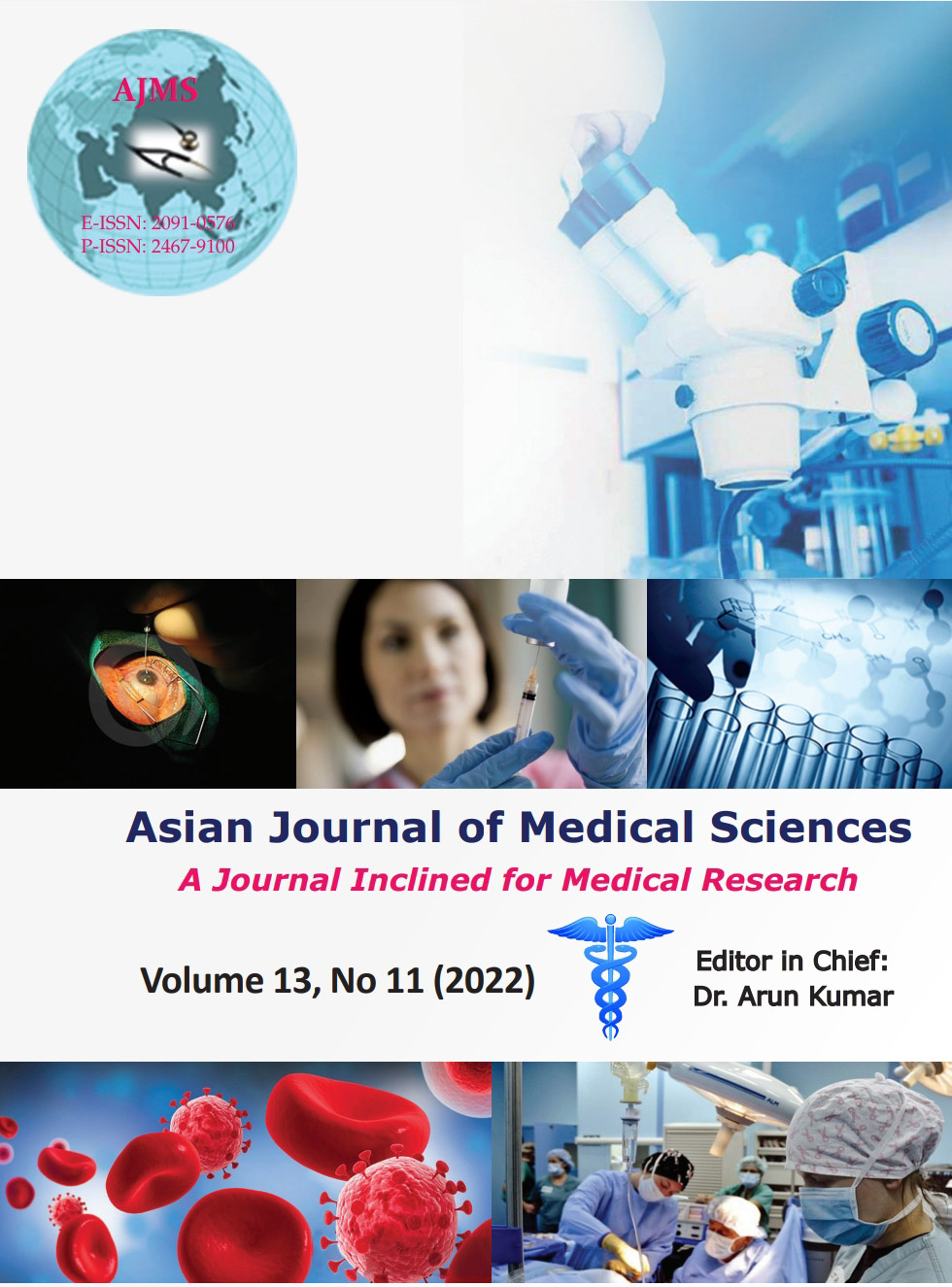Analyzing variability of craniometric parameters using computed tomography scan in Indian population
Keywords:
Craniovertebral junction; Craniometry; Skull base; Computed tomographyAbstract
Background: The craniovertebral junction (CVJ) is a crucial region of the spine designed for optimal movements of head and is also a frequent site for various pathological processes. The importance of knowing the CVJ parameters in normal population cannot be overstated when instrumentation and correction of deformities in this region is so frequently being performed. There is paucity of data defining the craniometrics of CVJ osteology in Indian population on the literature search. Accordingly, we present a study in an attempt to quantitate the normal craniometric indices for anatomically normal CVJ in Indian population and compare them with the existing literature from other regions.
Aims and Objectives: The aims of this study were to quantitate the normal craniometric indices for anatomically normal CVJ in Indian population and compare them with the existing literature from other regions.
Materials and Methods: Two hundred and forty computed tomography (CTs) belonging to Indians were looked at over a 6-month period retrospectively. These patients had normal CVJs and were ordered imaging for other health reasons. A total of eight parameters were analyzed for each CT.
Results: There were 166 (69.2%) males and 74 (30.8%) females in our study. The values (in mm) were as follows: anterior atlantodental interval (AADI), 1.78±0.42; PADI (posterior atlantodental interval), 18.12±1.97; distance of tip of odontoid process to chamberlain’s line, –2.73±2.63; distance of tip of odontoid process to McGregor’s line, –2.29±2.79; distance of tip of odontoid process to McRae’s line, –5.91±1.4; Clivus-canal angle, 160.82°±7.14°; basion dens interval, 5.6±1.45; and powers ratio, 0.71±0.07. No patient had an odontoid process extending beyond the McRae’s line. Males were more likely to have higher AADI and PADI values than females. Our study shared significant differences between the other studies (even the studies where an Indian population was used) except one. The AADI, from our study, did not vary significantly when compared to the AADI from a Chinese study.
Conclusion: Due to the significant differences from our study and the available literature, a greater compilation of studies belonging to different races will be required to understand the flexibility of the CVJ metrics.
Downloads
Downloads
Published
How to Cite
Issue
Section
License
Copyright (c) 2022 Asian Journal of Medical Sciences

This work is licensed under a Creative Commons Attribution-NonCommercial 4.0 International License.
Authors who publish with this journal agree to the following terms:
- The journal holds copyright and publishes the work under a Creative Commons CC-BY-NC license that permits use, distribution and reprduction in any medium, provided the original work is properly cited and is not used for commercial purposes. The journal should be recognised as the original publisher of this work.
- Authors are able to enter into separate, additional contractual arrangements for the non-exclusive distribution of the journal's published version of the work (e.g., post it to an institutional repository or publish it in a book), with an acknowledgement of its initial publication in this journal.
- Authors are permitted and encouraged to post their work online (e.g., in institutional repositories or on their website) prior to and during the submission process, as it can lead to productive exchanges, as well as earlier and greater citation of published work (See The Effect of Open Access).




